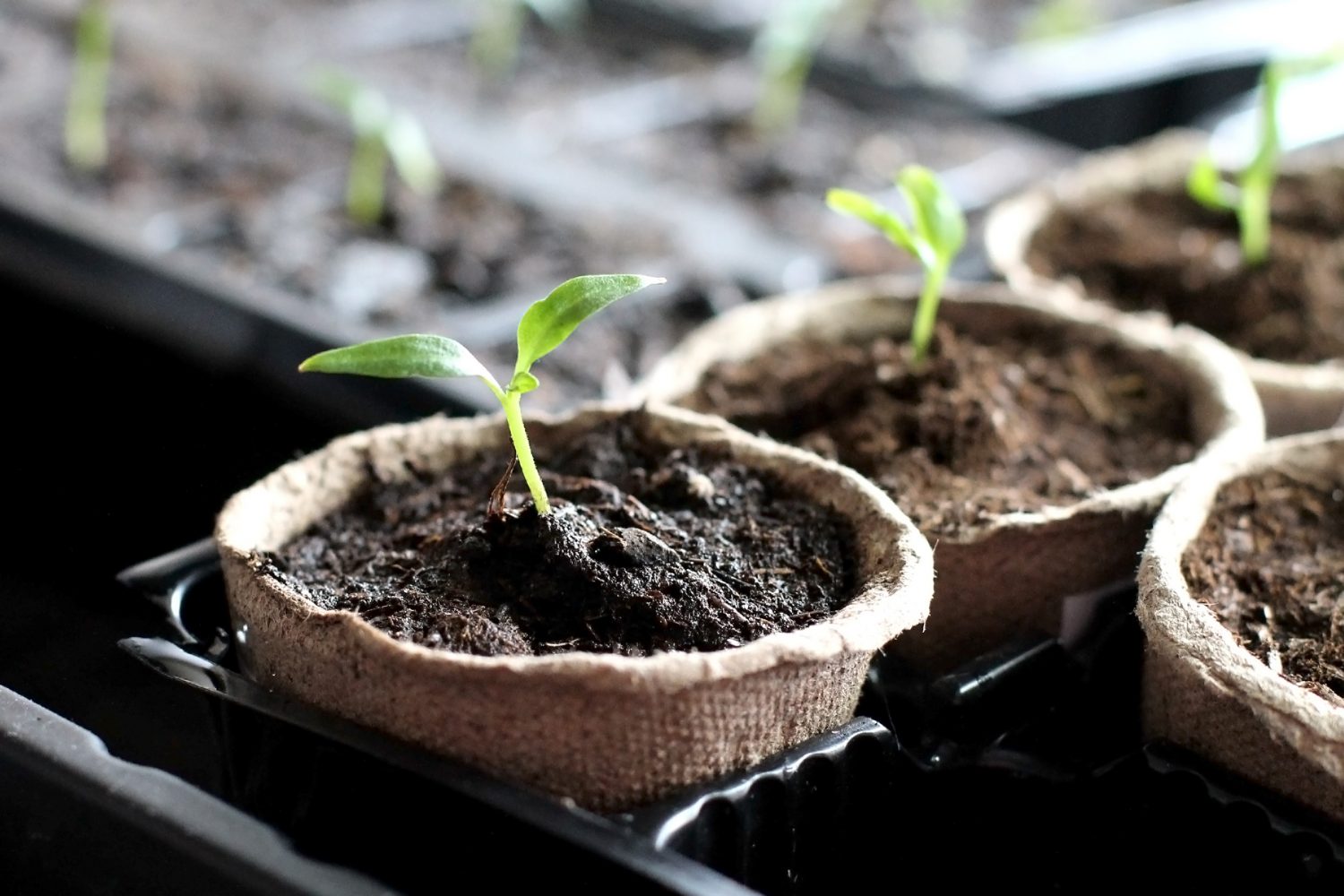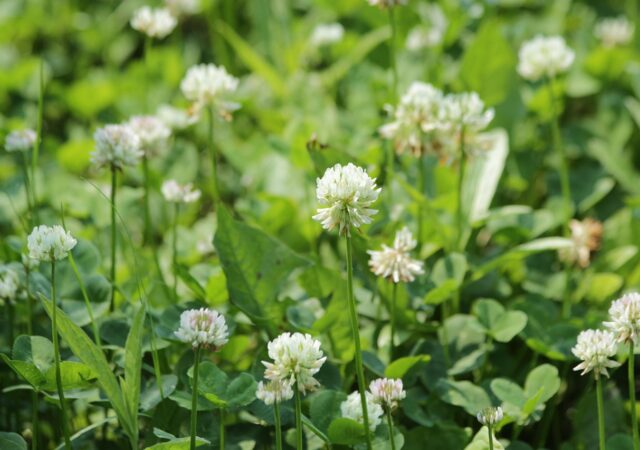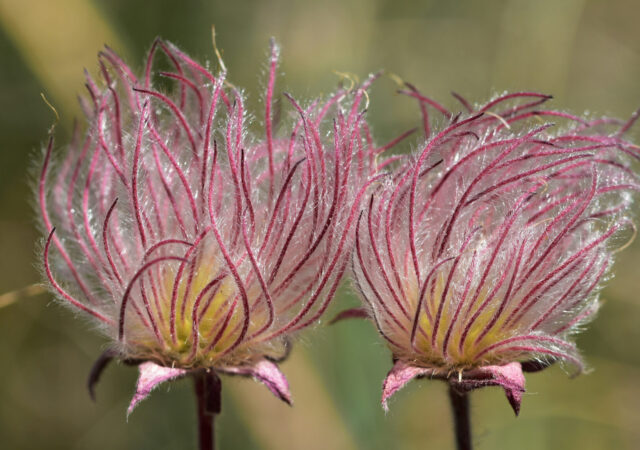Spring is just around the corner, and now is the perfect time to start seeds indoors so your plants are strong and ready for the garden once we’ve passed Minnesota’s frost-free date (typically May 11th).
Why Start Seeds Indoors?
Starting seeds indoors gives your plants a head start, leading to earlier harvests and stronger, more resilient vegetables and flowers. By the time warm weather arrives, your seedlings will be ready to thrive in your garden.
What to Plant Now
Certain crops do best when started early indoors and transplanted outside in late spring. Some of the best to start now in Minnesota include:
- Vegetables – Tomatoes, peppers, broccoli, herbs, squash, eggplant
- Flowers – Marigolds, zinnias, snapdragons, petunias
Eco-Friendly Seed Starting: Repurpose & Reuse
Looking for a sustainable way to start your seeds? Instead of buying new plastic trays, try these eco-friendly alternatives using items you already have at home:
- Toilet Paper or Paper Towel Tubes – Cut into smaller sections, fill with soil, and place in a tray. These biodegradable planters can be planted directly into the ground!
- Egg Cartons – The perfect size for seedlings! Simply poke a hole in the bottom for drainage, fill with soil, and plant seeds.
- Newspaper Pots – Roll newspaper into small cups, fill with soil, and plant. They hold up well indoors and can be transplanted directly into the garden.
- Repurposed Food Containers – Yogurt cups, takeout containers, and even old muffin tins can be great for starting seeds—just be sure to add drainage holes!
How to Start Seeds Indoors
- Choose the Right Seeds – Pick varieties suited for early indoor growing. Look for high-quality seeds at our local garden center for the best results.
- Use Quality Soil & Containers – A light, well-draining seed-starting mix and trays or pots with drainage help prevent disease.
- Provide Ample Light – Place seedlings in a sunny window or use grow lights for 12-16 hours a day.
- Keep Moist & Warm – Maintain moisture with a spray bottle and keep soil temperatures around 65-75°F for proper germination.
- Harden Off Before Transplanting – About 7-10 days before moving outdoors, gradually introduce seedlings to the outdoor environment to prevent shock.
Find Everything You Need at Sunnyside Gardens
We’ve got a wide selection of seeds, seed-starting trays, grow lights, and expert advice to help you start your spring garden with confidence. Stop by Sunnyside Gardens to shop our seed selection and get your spring garden growing!
Stay up to date with seasonal gardening advice with our social media and newsletters!




